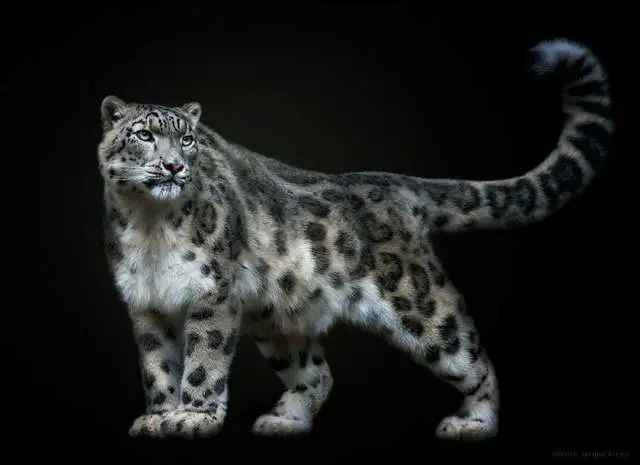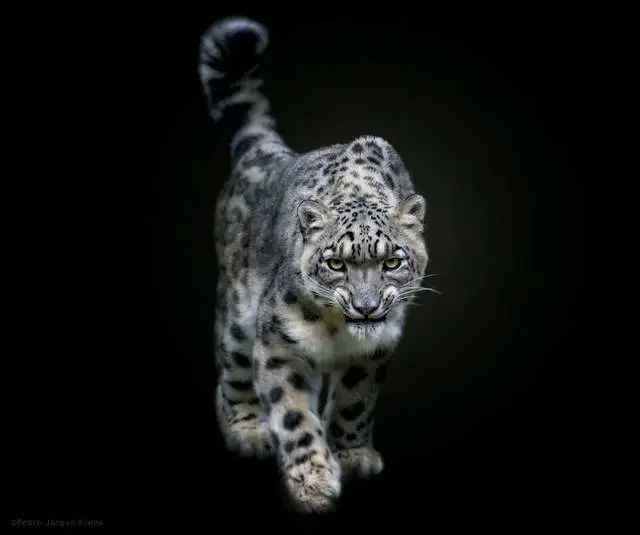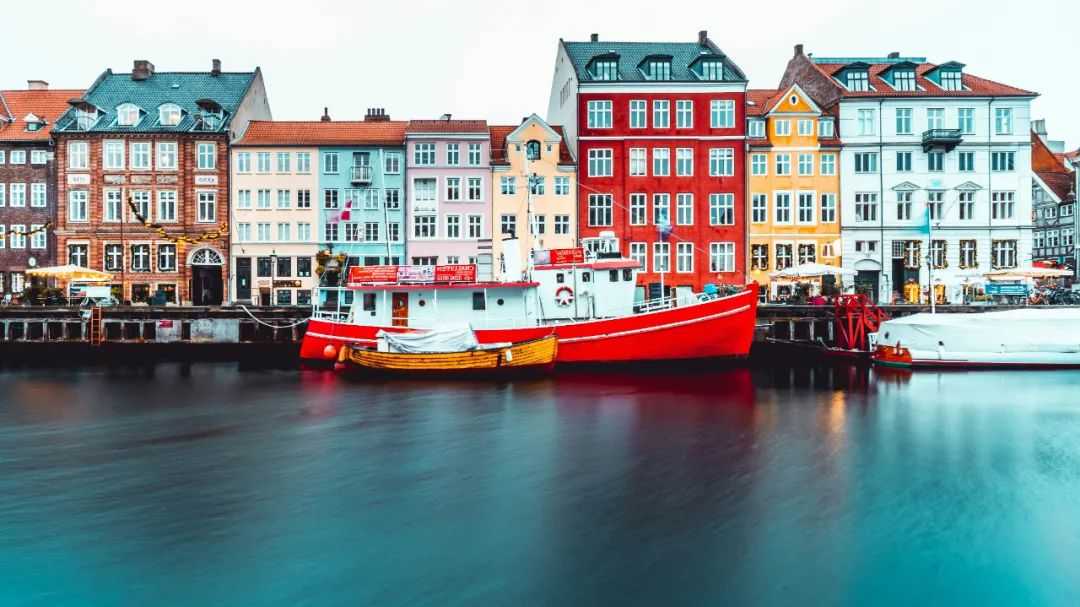The snow leopard, known as the "ghost of the mountains," ranks among the world's most elusive big cats. Inhabiting the Himalayan range and high-altitude regions of Central Asia, they dwell at elevations between 3,000 and 5,500 meters. The extreme cold, rugged terrain, and remote location create a natural geographical barrier, keeping them largely isolated from human contact.
This endangered species boasts a thick, (grayish-white) coat patterned with dark spots, which not only insulates them against temperatures as low as -40°C but also provides perfect camouflage among rocky outcrops. Their long tails serve dual purposes: aiding balance during steep climbs and wrapping around their bodies for warmth while resting. With powerful limbs, snow leopards can leap up to 15 meters across rugged cliffs, earning them the title of nature's premier high-altitude climbers.

Source: Images from the Internet, if there is any infringement, please contact the removal of
Solitary and primarily crepuscular (active at dawn and dusk), snow leopards' secretive habits further shroud them in mystery. Even seasoned researchers rarely catch a glimpse in the wild; for decades, studies relied heavily on blurry images from infrared cameras. Current estimates place their global population between 4,000 and 6,500 individuals, with the species classified as endangered by the IUCN Red List.
Poaching and habitat fragmentation pose the gravest threats. Their pelts and bones fetch high prices in illegal wildlife markets, while climate change-induced glacial melt and pasture degradation continue to shrink their living spaces. In recent years, cross-border conservation alliances have emerged, employing anti-poaching patrols and community engagement programs to safeguard these elusive creatures.
As a flagship species of highland ecosystems, the snow leopard's presence directly reflects the health of alpine environments. Protecting these "ghosts of the mountains" is not merely about preserving a rare animal but safeguarding the ecological balance of the Earth's Third Pole.











